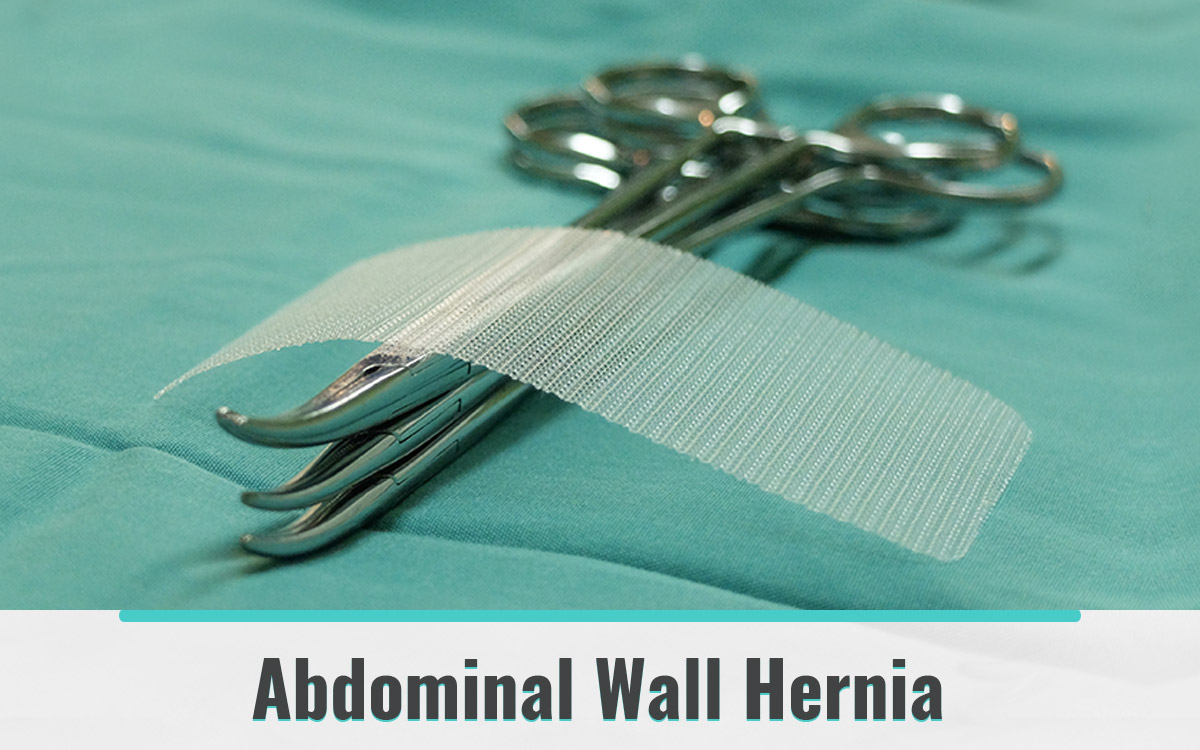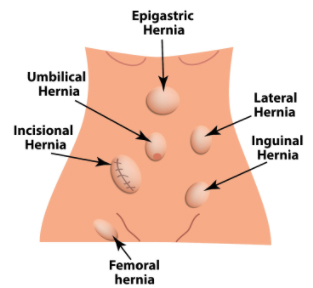


Are there any alternatives?
- There are no other effective treatments for the management of abdominal wall hernia.
- If the hernia is small and does not cause you any discomfort, then leaving it alone may be entirely appropriate.
- There may be certain situations where your doctor may think avoiding surgery may be a safer option – this usually relates to the presence of other medical issues and complexity of the case.
How long will I be in hospital?
- Most patients with small hernias will come into hospital on the day of their operation and will be able to go home later the same day (day stay).
- Surgery for recurrent and incisional hernias can be very complex and involve a prolonged stay in the hospital with intensive care support if needed.
What complications can occur?
Small abdominal hernia repair is a routine operation with very few risks, however surgery for large recurrent and incisional hernias carry significant morbidity and each individual risk will be explained during the consent process.
- Early Complications:
- Damage to internal structures (bowel)
- Wound infection or hematoma (blood collection)
- Seroma (clear tissue fluid collecting in the space left by the hernia)
- Your intestines can get blocked by getting caught in scar tissue causing intestinal obstruction which might need surgery (this is rare)
- Deep Vein Thrombosis (DVT) or Pulmonary Embolism (PE)
- Delayed Complications:
- Unsightly scarring
- Recurrence of the hernia





 Youtube Channel
Youtube Channel